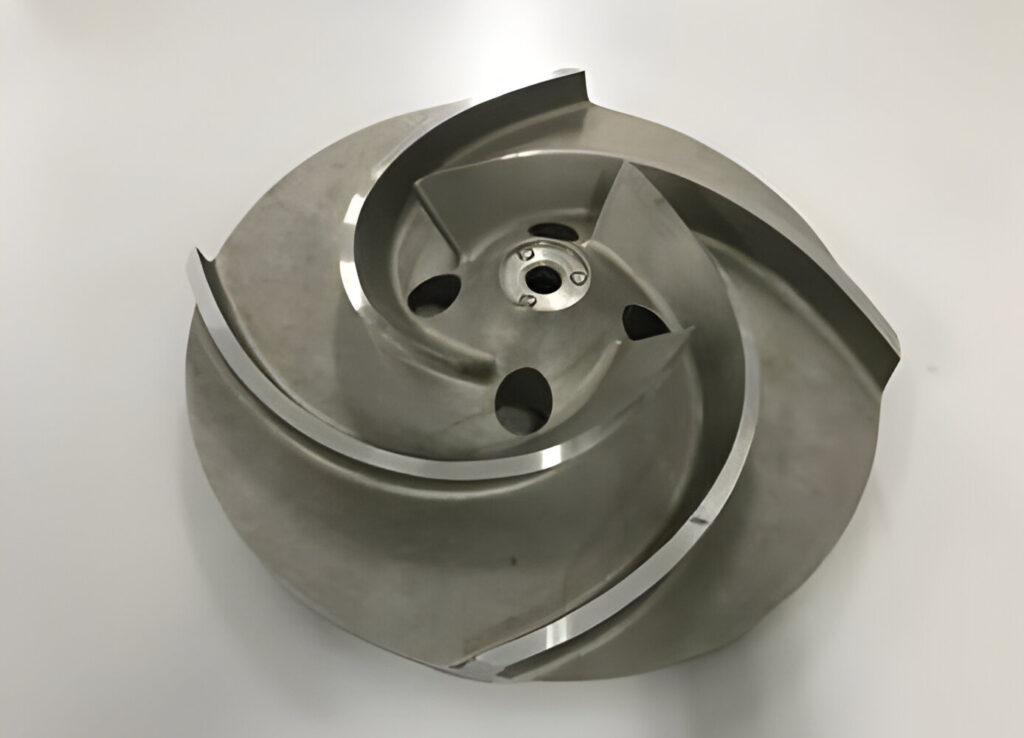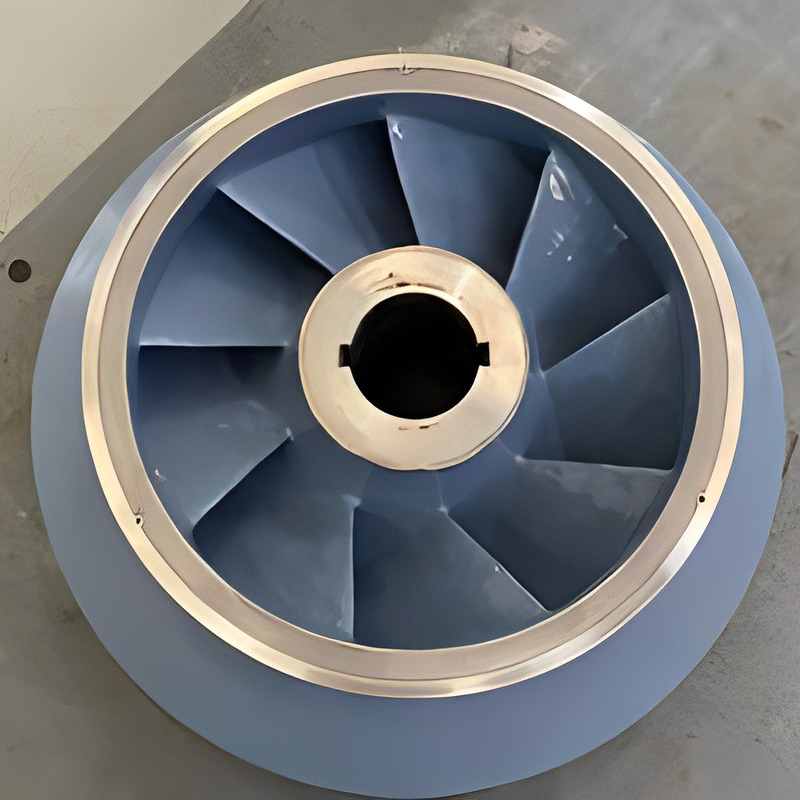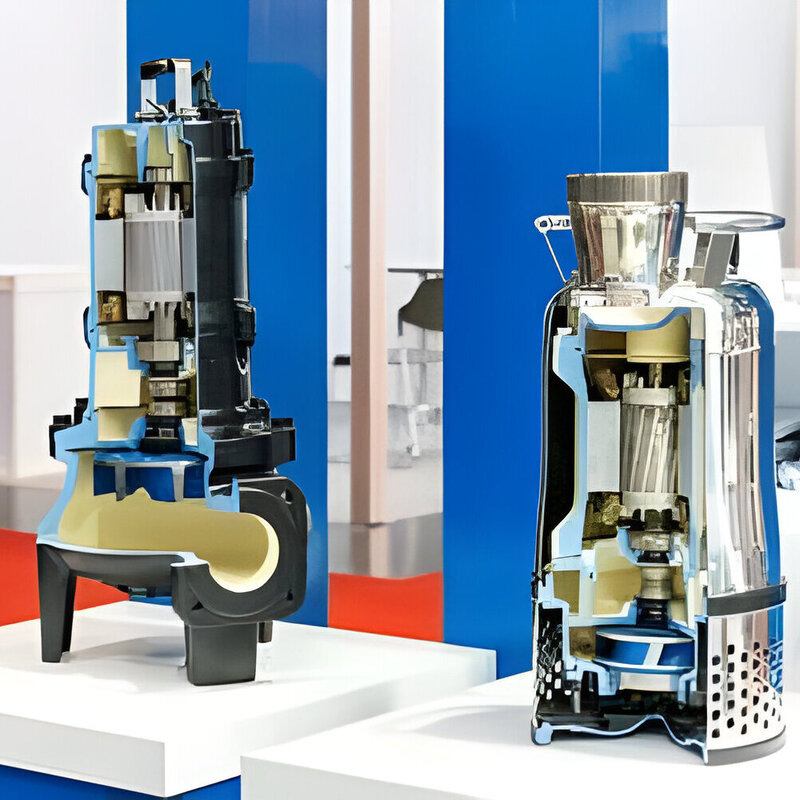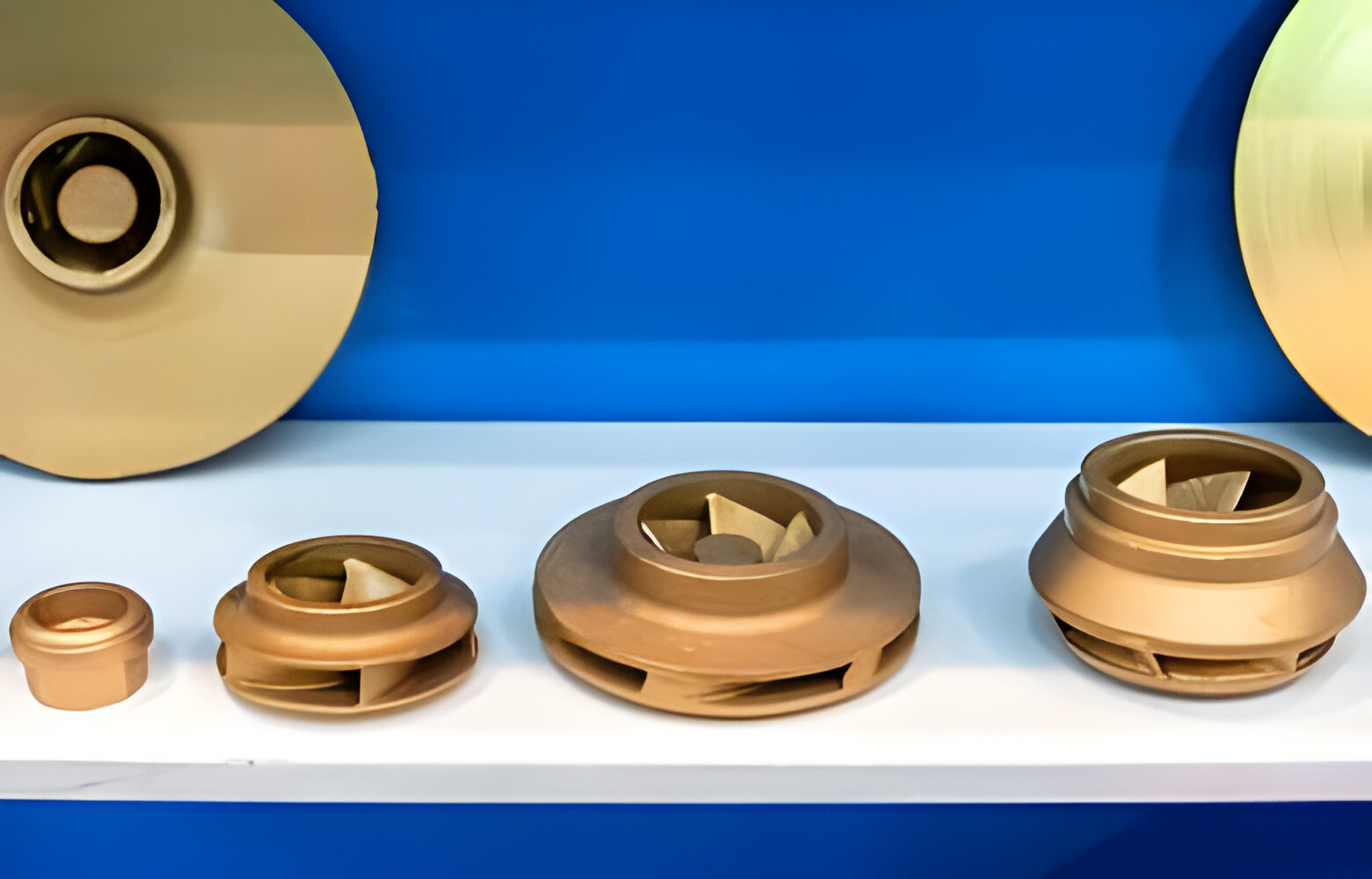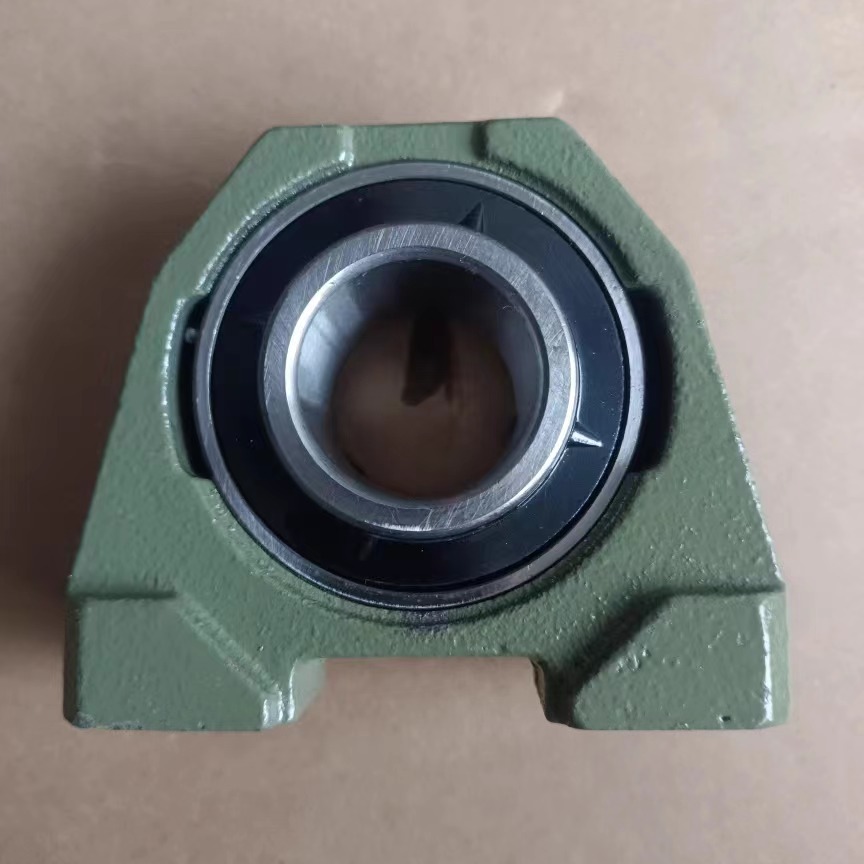Slurry pumps play a critical role in various industrial applications, from mining to wastewater treatment. Central to their functionality is the open impeller, a dynamic component designed to handle abrasive and viscous fluids efficiently. This article explores the design, benefits, and manufacturing processes of slurry pump open impellers and related components, focusing on how these elements come together to enhance pump performance.
Slurry Pump Open Impellers: Design and Benefits
Open impellers are distinguished by their absence of a front shroud, which gives them the advantage in terms of easy maintenance and cleaning. This design is particularly beneficial in applications where the pump handles fluids with high concentrations of solids. Unlike closed or semi-open impellers, open impellers can tolerate a larger amount of wear before efficiency is impacted, making them ideal for the harsh conditions of slurry applications.
In the context of slurry pumps, the open impeller is crafted to maximize the flow and minimize clogging, providing a robust solution for industries that rely on heavy-duty processing. The dynamic balancing of these impellers ensures minimal vibration and extends the life of other pump components.
Manufacturing Excellence in Impeller Castings
At the core of high-quality slurry pump open impellers are superior impeller castings. The process begins with selecting the right materials, typically high-grade cast iron or other durable alloys, to withstand the abrasive nature of slurry. Impeller casting manufacturers utilize advanced foundry techniques to ensure each cast impeller offers optimal performance and wear resistance.
At KT Foundry, we specialize in pump impeller casting, employing state-of-the-art technology and rigorous quality control measures to produce impellers that meet the highest standards. Our cast iron impeller range is renowned for its durability and efficiency, making us a leader among impeller casting manufacturers.
Practical Applications of Slurry Pump Open Impellers
The versatility of slurry pump open impellers allows them to be used in a variety of sectors. In mining operations, these pumps facilitate the transportation of mud and mineral-rich slurry, crucial for the extraction and processing stages. The wastewater treatment industry relies on these impellers to move semi-solid sludge, enhancing the efficiency of the purification process.
Our pump impellers are also pivotal in the chemical industry, where handling aggressive fluids is routine. The robust design ensures that our pumps can manage these challenging conditions, reducing downtime and maintenance costs.
Why Choose KT Foundry for Your Slurry Pump Needs?
Choosing the right impeller and pump components is crucial for ensuring optimal performance and longevity. At KT Foundry, our expertise in impeller castings translates into products that offer not just superior performance but also reliability. Our extensive range includes water pump impellers, cast iron pump impellers, and pump impellers designed specifically for the demands of industrial applications.
We encourage potential clients to visit our website at kt-foundry to explore our full range of products and learn more about how we can support your industry with high-quality slurry pump solutions. Our team is ready to assist you in selecting the perfect components to meet your specific needs, ensuring your operations run smoothly and efficiently.
In conclusion, slurry pump open impellers and their associated castings are pivotal in managing demanding industrial fluids. With the support of reliable manufacturers like KT Foundry, businesses can achieve enhanced operational efficiency and reduced maintenance costs. Contact us today to find out how our products can be integrated into your operations for superior performance and durability.

